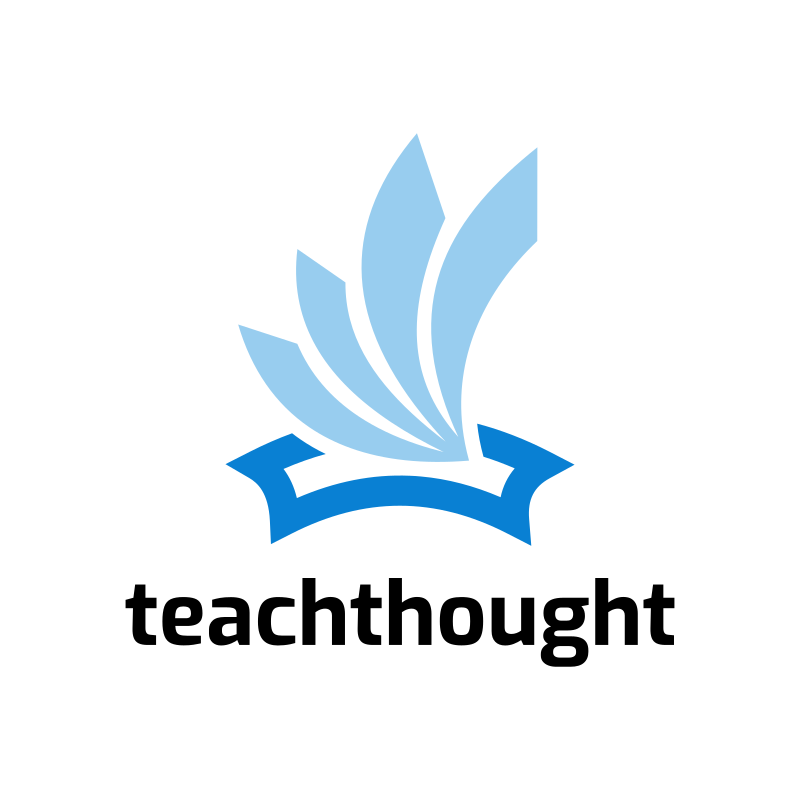Thinking over Content. Human-focused Learning. Questions over Answers. Literacy/Mobile Literacy. Personalized Learning. Unique Knowledge Demands Learning Literacy/SDL/Play Community-Embedded Projects Local Work/Global Collaboration
The school improves the community it is embedded within and serves.
The school can adapt quickly to human needs and technology change.
The school produces students that not only read and write, but choose to.
The school sees itself.
The school has diverse and compelling measures of success–measures that families and communities understand and value.
The school is full of students that don’t just understand ‘much,’ but rather know what’s worth understanding.
The school knows it can’t do it all, so seeks to do what’s necessary exceptionally well.
The school improves other schools and cultural organizations it’s connected with.
The school is always on and never closed. (It is not a factory.)
The school makes certain that every single student and family feels welcome and understood on equal terms.
The school is full of students that not only ask great questions, but do so with great frequency and ferocity.
The school changes students; students change great schools.
The school understands the difference between broken thinking and broken implementation.
The school speaks the language of its students.
The school doesn’t make empty promises, create noble-but-misleading mission statements, or mislead parents and community-members with edu-jargon. It is authentic and transparent.
The school values its teachers and administrators and parents as agents of student success.
The school favors personalized learning over differentiated learning.
The school teaches thought, not content.
The school makes technology, curriculum, policies, and its other “pieces” invisible. (Ever go to a ballet and see focus on individual movements?)
The school is disruptive of bad cultural practices. These include intolerance based on race, income, faith, and sexual preference, aliteracy, and apathy toward the environment.
The school produces students that know themselves in their own context, one that they know and choose. This includes culture, community, language, and profession.
The school produces students that have personal and specific hope for the future that they can articulate and believe in and share with others.
The school produces students that can empathize, critique, protect, love, inspire, make, design, restore, and understand almost anything–and then do so as a matter of habit.
The school will erode the societal tendency towards greed, consumerism, and hoarding of resources we all need. (National Standards)
The school is more concerned with cultural practices than pedagogical practices–students and families than other schools or the educational status quo.
The school helps students separate trivial knowledge from vocational knowledge from academic knowledge from applied knowledge from knowledge-as-wisdom.
The school will experience disruption in its own patterns and practices and values because its students are creative, empowered, and connected, and cause unpredictable change themselves.
The school will produce students that can think critically–about issues of human interest, curiosity, artistry, craft, legacy, husbandry, agriculture, and more–and then do so.
The school will help students see themselves in terms of their historical framing, familial legacy, social context, and global connectivity.
